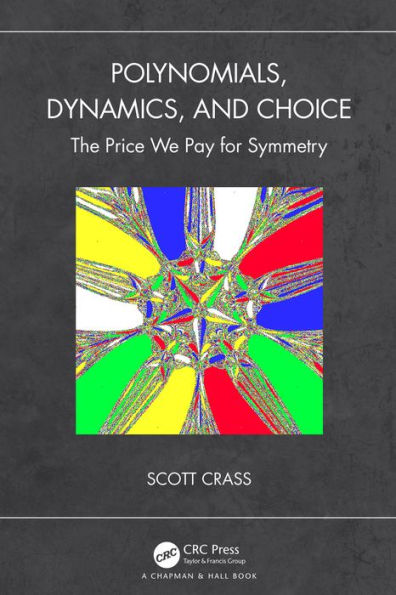Scott Crass is a professor of mathematics at California State University, Long Beach, where he created the Long Beach Project in Geometry and Symmetry. The project’s centerpiece is The Geometry Studio, where students explore math in experimental and perceptual ways. Advised by Peter Doyle, his Ph.D. thesis at UCSD was ‘Solving the Sextic by Iteration: A Complex Dynamical Approach’. His research interests involve blending the algebra and geometry induced by finite group actions on complex spaces, in an effort to discover and study symmetrical structures and associated dynamical systems. A prominent feature of his work involves using maps with symmetry in order to construct elegant algorithms that home in on a polynomial’s roots.



